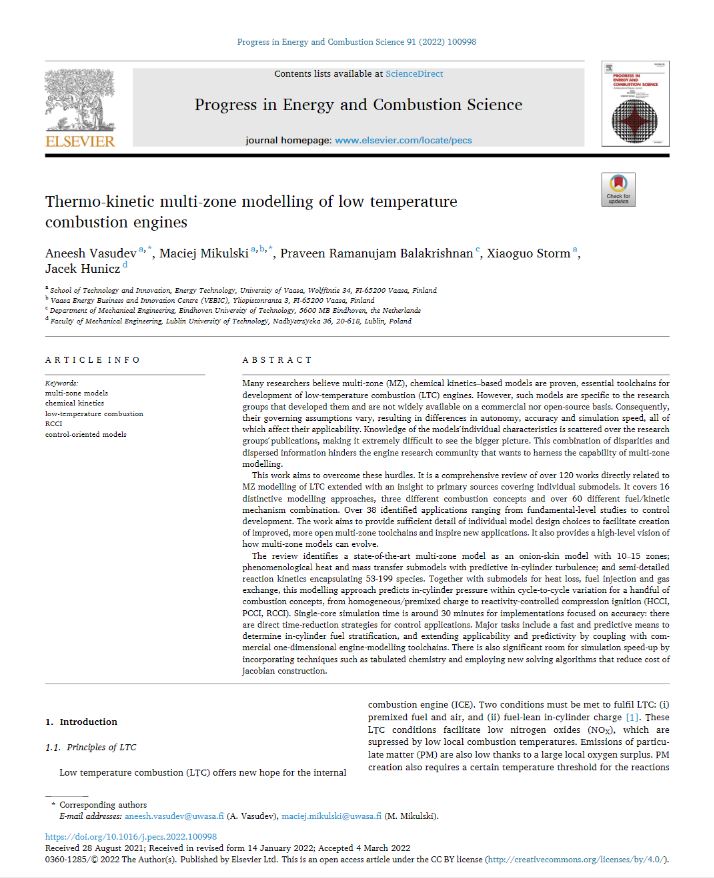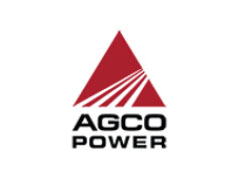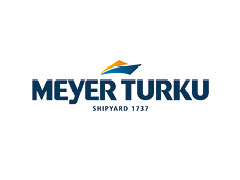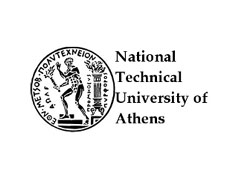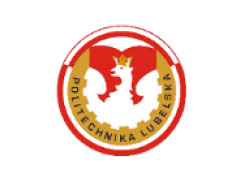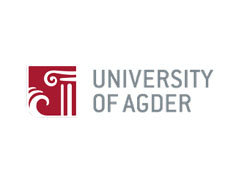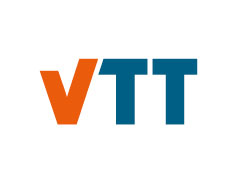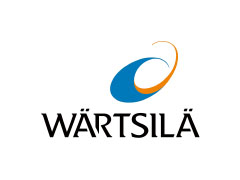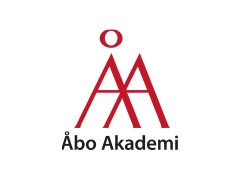Many researchers believe multi-zone (MZ), chemical kinetics–based models are proven, essential toolchains for development of low-temperature combustion (LTC) engines. However, such models are specific to the research groups that developed them and are not widely available on a commercial nor open-source basis. Consequently, their governing assumptions vary, resulting in differences in autonomy, accuracy and simulation speed, all of which affect their applicability. Knowledge of the models´ individual characteristics is scattered over the research groups´ publications, making it extremely difficult to see the bigger picture. This combination of disparities and dispersed information hinders the engine research community that wants to harness the capability of multi-zone modelling.
This work aims to overcome these hurdles. It is a comprehensive review of over 120 works directly related to MZ modelling of LTC extended with an insight to primary sources covering individual submodels. It covers 16 distinctive modelling approaches, three different combustion concepts and over 60 different fuel/kinetic mechanism combination. Over 38 identified applications ranging from fundamental-level studies to control development. The work aims to provide sufficient detail of individual model design choices to facilitate creation of improved, more open multi-zone toolchains and inspire new applications. It also provides a high-level vision of how multi-zone models can evolve.
The review identifies a state-of-the-art multi-zone model as an onion-skin model with 10–15 zones; phenomenological heat and mass transfer submodels with predictive in-cylinder turbulence; and semi-detailed reaction kinetics encapsulating 53-199 species. Together with submodels for heat loss, fuel injection and gas exchange, this modelling approach predicts in-cylinder pressure within cycle-to-cycle variation for a handful of combustion concepts, from homogeneous/premixed charge to reactivity-controlled compression ignition (HCCI, PCCI, RCCI). Single-core simulation time is around 30 minutes for implementations focused on accuracy: there are direct time-reduction strategies for control applications. Major tasks include a fast and predictive means to determine in-cylinder fuel stratification, and extending applicability and predictivity by coupling with commercial one-dimensional engine-modelling toolchains. There is also significant room for simulation speed-up by incorporating techniques such as tabulated chemistry and employing new solving algorithms that reduce cost of jacobian construction.
